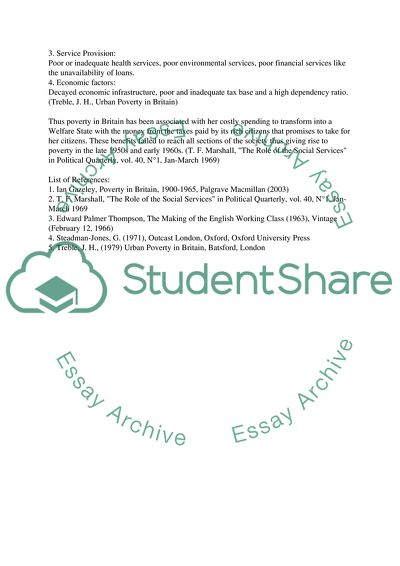Retrieved from https://studentshare.org/miscellaneous/1542934-why-poverty-was-re-discovered-in-britain-in-the-late-1950s-and-early-1960
https://studentshare.org/miscellaneous/1542934-why-poverty-was-re-discovered-in-britain-in-the-late-1950s-and-early-1960.


